
Vojnová Bratislava
P. Szalay, M. Bogár, K. Haberlandová, N. Bartošová, L. KrištekováThe book describes a story about architecture in Bratislava built during second world war and post-war boom. It is a mosaic composed of the life of war-torn city, the fates of architects and builders, the tragedies, failures and victories that the city has survived. Through stories of houses, squares and entire neighborhoods, the authors reveal a changing map of the city's history during the most destructive war of our civilization.
Marenčin PT, 2020
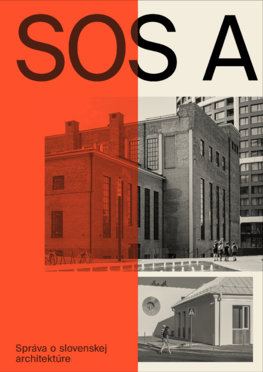
Správa o slovenskej architektúre
kolektív autorovKniha formou pútavých esejí analyzuje architektonickú situáciu na Slovensku. Zaznamenáva hlavné trendy v súčasnej architektúre a diela, ktoré ich ilustrujú. Autori venujú pozornosť širšiemu spoločenskému kontextu architektúry: skúmajú postavenie architektonického dedičstva aj vzťah architektúry k prírodnému prostrediu a reflektujú aj problematické témy, ako je architektúra a vojnový konflikt či politizácia verejného priestoru. Kniha voľne nadväzuje na sériu publikácií Ročenka slovenskej architektúry.
Slovart, 2023
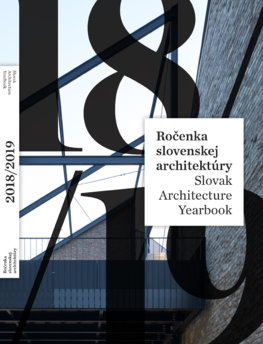
Slovak Architecture Yearbook 2018/2019
H. Moravčíková, P. Szalay, K. Haberlandová, L. Krišteková, M. BočkováSlovak Architecture Yearbook takes as its ambition not only to publish the best results of recent architectonic realisations by Slovak architects (or architects active in Slovakia), but also to draw attention to the spectrum of architectural thought, the typological structure of architectural production, and the metaphorical topography of Slovakia’s architectural terrain. The works included in the third edition of the yearbook are the selection of the best architectural realisations of 2018 and 2019. Two introductory studies critically reflect the Slovak architectural scene from a domestic and foreign perspective. The yearbook also includes a list of prizes, competitions, exhibitions and books from the current period.
Slovart, 2020
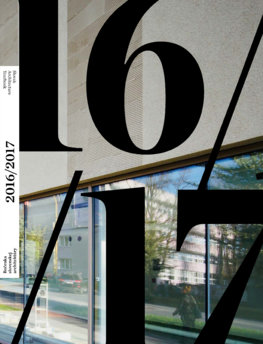
Slovak Architecture Yearbook 2016/2017
H. Moravčíková, P. Szalay, K. Haberlandová, L. Pastoreková, M. ZaičekSlovak Architecture Yearbook takes as its ambition not only to publish the best results of recent architectonic realisations by Slovak architects (or architects active in Slovakia), but also to draw attention to the spectrum of architectural thought, the typological structure of architectural production, and the metaphorical topography of Slovakia’s architectural terrain. The works included in the third edition of the yearbook are the selection of the best architectural realisations of 2016 and 2017. Two introductory studies critically reflect the Slovak architectural scene from a domestic and foreign perspective. The yearbook also includes a list of prizes, competitions, exhibitions and books from the current period.
Slovart, 2018
Slovak Architecture Yearbook 2014/2015
H. Moravčíková, P. Szalay, K. Haberlandová, L. PastorekováSlovak Architecture Yearbook takes as its ambition not only to publish the best results of recent architectonic realisations by Slovak architects (or architects active in Slovakia), but also to draw attention to the spectrum of architectural thought, the typological structure of architectural production, and the metaphorical topography of Slovakia’s architectural terrain. The works included in the third edition of the yearbook are the selection of the best architectural realisations of 2014 and 2015. Two introductory studies critically reflect the Slovak architectural scene from a domestic and foreign perspective. The yearbook also includes a list of prizes, competitions, exhibitions and books from the current period.
Slovart, 2016
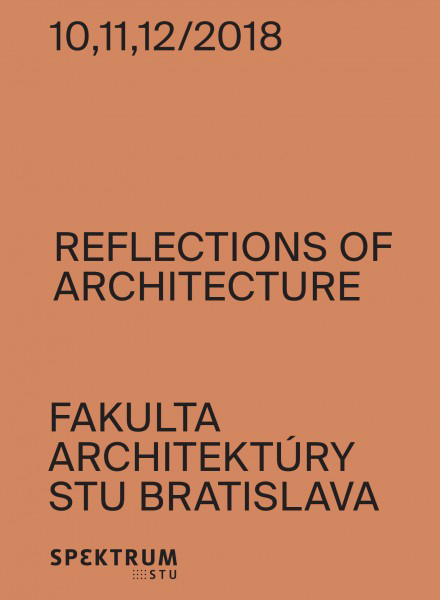
Reflexions of Architecture 2018
H. Moravčíková, N. Bartošová, M. Janák (eds.)The Reflexions of Architecture project focuses on contemporary architecture with an emphasis on the latest developments in contemporary architecture. The aim of the project is to broaden syllabus of the course Contemporary Trends in Architecture (at the Faculty of Architecture of the Slovak University of Technology), but also to create an open communication platform between the academic enviroment, the protagonists of contemporary architecture and the public, thus raising awareness of architecture among the general public. The third series of lectures in autumn 2018 focused on the Austrian architectural scene. This book provides abbreviated and edited records of all the lectures, accompanied with excerpts from the commentaries of the audience.
Spektrum STU, 2019
Reflexions of Architecture 2017
H. Moravčíková, N. Bartošová, M. Janák (eds.)The Reflexions of Architecture project focuses on contemporary architecture with an emphasis on the latest developments in contemporary architecture. The aim of the project is to broaden syllabus of the course Contemporary Trends in Architecture (at the Faculty of Architecture of the Slovak University of Technology), but also to create an open communication platform between the academic enviroment, the protagonists of contemporary architecture and the public, thus raising awareness of architecture among the general public. The third series of lectures in autumn 2017 focused on the Czech architectural scene. This book provides abbreviated and edited records of all the lectures, accompanied with excerpts from the commentaries of the audience.
Spektrum STU, 2018
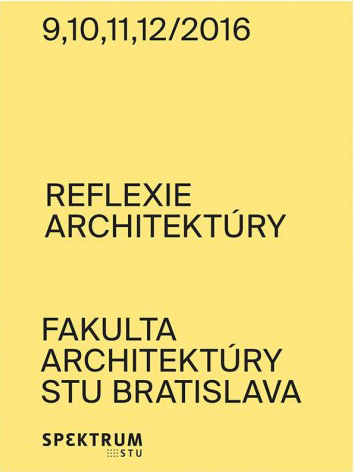
Reflexions of Architecture 2016
H. Moravčíková, N. Bartošová, M. Janák, M. Zaiček (eds.)The Reflexions of Architecture project focuses on contemporary architecture with an emphasis on the latest developments in contemporary architecture. The aim of the project is to broaden syllabus of the course Contemporary Trends in Architecture (at the Faculty of Architecture of the Slovak University of Technology), but also to create an open communication platform between the academic enviroment, the protagonists of contemporary architecture and the public, thus raising awareness of architecture among the general public. The third series of lectures in autumn 2016 focused on the Slovak architectural scene. This book provides abbreviated and edited records of all the lectures, accompanied with excerpts from the commentaries of the audience.
Spektrum STU, 2017
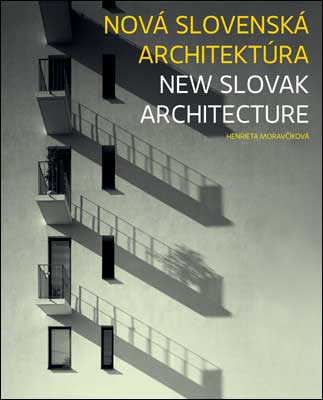
New Slovak Architecture
H. MoravčíkováHenrieta Moravčíková's subjective authorial selection presents about 100 works of contemporary Slovak architecture realized after the year 2000. Individual works are divided into several categories and characterized separately - supplemented with a brief text and rich photographic material.
Slovart, 2009
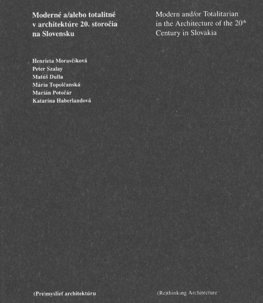
Modern and/or Totalitarian in the Architecture of the 20th Century in Slovakia
H. Moravčíková, P. Szalay, M. Dulla, M. Topolčanská, M. Potočár, K. HaberlandováThe publication takes up a controversial theme in Slovak architecture: the influence of totalitarian or authoritarian political regimes on architectural production. Particular attention is devoted to the relationship between modernity nad totalitarian/authoritarian order. Using selected works of 20th-century architecture in Slovakia, it is shown how the different ideas of the state authorities had varying effects on the formal aspects of architecture, and how the architects themselves reacted to these ideas. At the same time, an indication is provided of how this architecture was recieved by the public at the time of its creation - and how it is evaluated today, at a distance of several decades. The analytic architectural-historical texts are supplemented by a rich selection of archival illustrative material, as well as contemporary photographs by Oľja Triaška Stefanovič.
Slovart, 2013
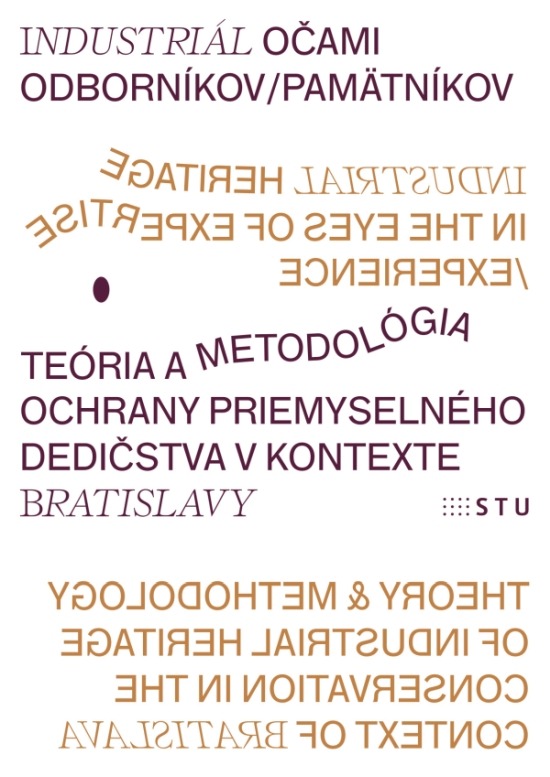
INDUSTRIAL HERITAGE IN THE EYES OF EXPERTISE/EXPERIENCE. Theory and methodology of industrial heritage conservation in the context of Bratislava
N. Bartošová, K. HaberlandováAutorky publikácie Nina Bartošová a Katarína Haberlandová sa zamerali na problematiku priemyselného dedičstva a na aktualizovanie teoretických východísk pamiatkovej ochrany v špecifickom prostredí Bratislavy. Opierajú sa o aktuálny globálny diskurz v oblasti ochrany kultúrneho dedičstva, preverujú význam aplikovania nielen „tradičného pamiatkového diskurzu“ („authorized heritage discourse“), ale tiež alternatívnych diskurzov, interdisciplinárnych metód a predovšetkým potenciál využívania kultúrno-spoločenských vied pri artikulovaní konkrétneho spôsobu ochrany. Do popredia vystupujú aspekty, ktoré v domácej literatúre nie sú zatiaľ vôbec, alebo nie dostatočne, reflektované. Kniha je určená najmä odbornej verejnosti, vychádza v dvojjazyčnej, slovensko-anglickej, verzii, nakoľko majú jej autorky záujem o rozvíjanie témy v medzinárodnom meradle.
Vydavateľstvo STU, 2016
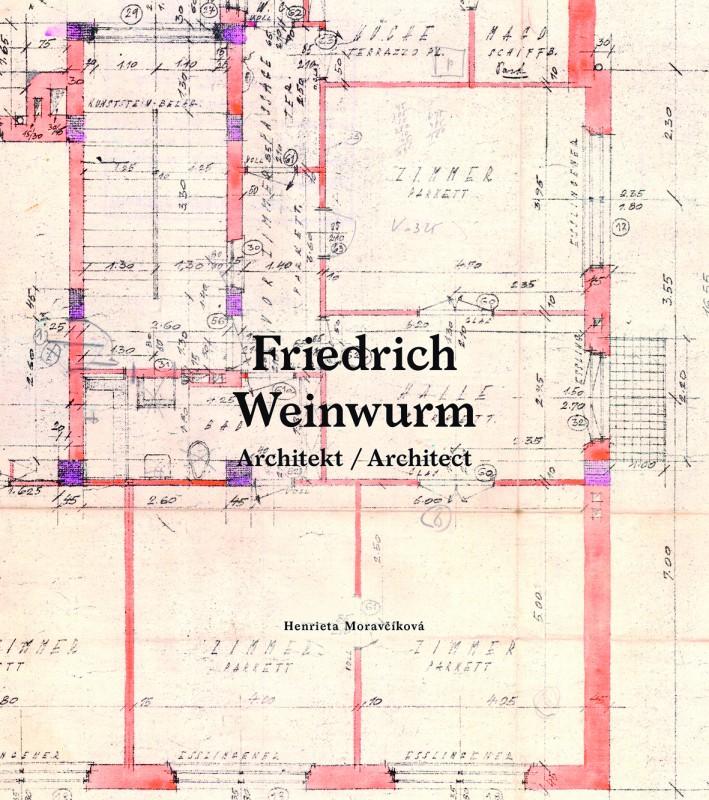
Friedrich Weinwurm: architect
H. MoravčíkováFriedrich Weinwurm, a contemporary of Le Corbusier, Mies van der Rohe or Walter Gropius and one of the most noteworthy architects of Slovakia, can be ranked among the leading representatives of the interwar Central European architectural avant-garde. His legacy of several dozen designed and completed office buildings, single-family houses, villas and housing complexes (Nová Doba, Unitas) forms an oeuvre attracting admiration today. His progressive social program and clear principles for architectural design influenced the Slovak architectural scene of the 1920s and 1930s more than the work of any other architect. The publication contains a comparison between Weinwurm ́s work and its contemporary efforts on both the local and international levels, as well as its integration into the context of the domestic and broader European architectural situation. Further presenting the architect ́s work is a rich array of historic visual materials, photographs, plans, archival documents, and the current photographs by Olja Triaska Stefanovic.
Slovart, 2014

Forgotten Generation - Czech Architects in Slovakia
M. Dulla a kolektívPři příležitosti stého výročí příchodu silné vlny českých architektů na Slovensko přibližuje kniha jejich životní osudy a architektonická díla. Přináší informace o stovkách architektů a v doposud nejpodrobnějších biografiích se zde například dočtete o životě a díle rondokubisty a funkcionalisty Klementa Šilingera, anebo o slovenské etapě působení světoběžníka Vladimíra Karfíka.
ČVUT Praha, 2019
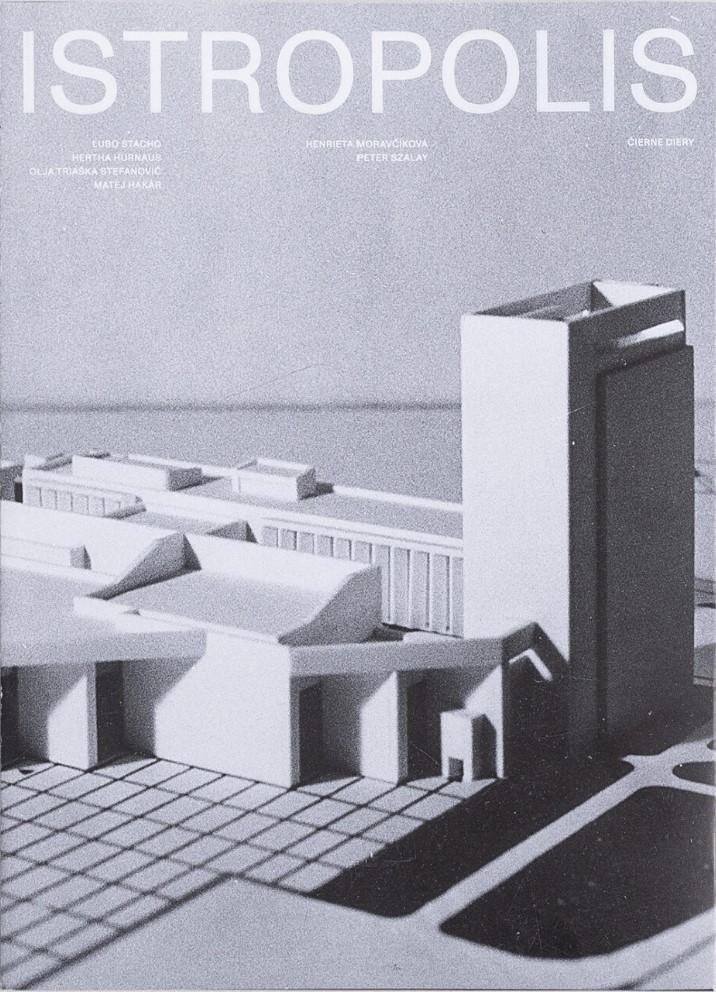
Dom odborov — Istropolis
H. Moravčíková, P. Szalay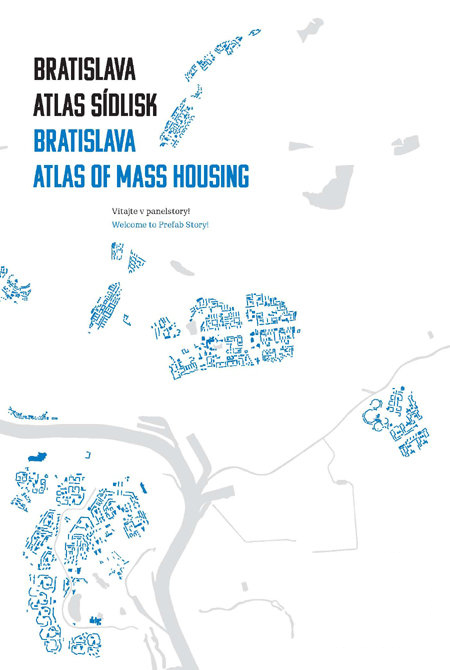
Bratislava: Atlas of Mass Housing 1950 - 1995
H. Moravčíková, M. Topolčanská, M. Dulla, K. Haberlandová, S. Toscherová, P. Szalay, S. SčepánováThe present publication offers a history with analysis of the social, economic, urban and architectural contexts of the construction of housing estates in the second half of the 20th century within the city of Bratislava. It individually analyses each prefabricated housing estate in terms of its urban structure, construction and architectural aspexts, balance of built-up and free area, and note other specific features of the creation and building of these estates. Included in the publication is a rich array of illustrations with unique maps of each estate drawings of prefabricated apartment buildings and standardised public facilities, as well as several ten historic photographs of Bratislava's housing estates.
Slovart, 2012
planovana_obalka.jpg)
Bratislava (un)planned city
H. Moravčíková, P. Szalay, K. Haberlandová, L. Krišteková, M. BočkováThe publication summarizes the planning and construction of Bratislava in an interval of one century. It focuses on urban plans and architectural interventions, while trying to capture the phenomena and processes that are characteristic of Bratislava and still determine its urban structure and spatial relations. Within the typology of urban situations, it analyzes selected key points of the city. It describes their spatial transformation in the time and circumstances that caused these changes. The developmental trajectories of these situations illustrate not only the transformation of the city, but also the development of opinions on its planning and construction.
Slovart, 2020
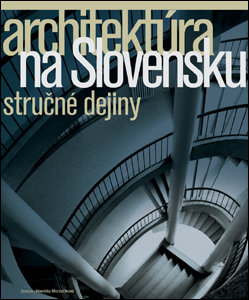
Architektúra na Slovensku - stručné dejiny
H. MoravčíkováTáto publikácia by čitateľovi chcela po prvýraz ponúknuť pohľad na príbeh architektúry na území Slovenska a na skvelé hodnoty nášho architektonického dedičstva. Kniha pozostáva z osemnástich, viac-menej chronologicky usporiadaných kapitol. Tie zachytávajú architektúru ako súčasť historického vývoja na území Slovenska, ale pritom odrážajú aj tradičné slohové nazeranie na architektúru a súčasne reagujú aj na špecifické historické a spoločenské situácie, ktoré podmienili dianie v tejto oblasti.
Slovart, 2006
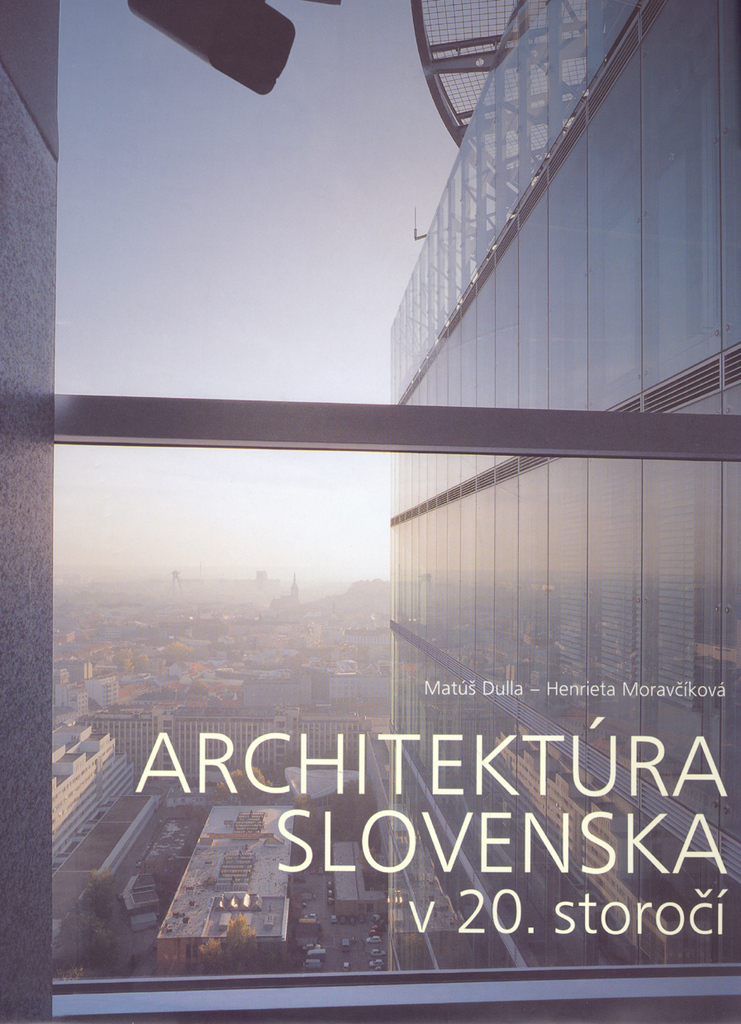
Architektúra Slovenska v 20. storočí
M. Dulla, H. MoravčíkováRozsiahla monografia poskytuje komplexný pohľad na vývoj slovenskej architektúry v stredoeurópskom priestore 20. storočia. Prvá časť publikácie ponúka analýzu koncepcií, udalostí, vplyvov, stavieb, informácie o významných i menej známych architektoch, ale aj bohatý ilustračný materiál.
Druhá časť katalógovým spôsobom predstavuje vyše tisíc stavieb so základnými údajmi a ilustráciami a v ojedinelom, doteraz najrozsiahlejšom chronologickom súpise zachycuje diela od začiatku do konca storočia. Doplnená bude rozsiahlym anglickým resumé.
Slovart, 2002
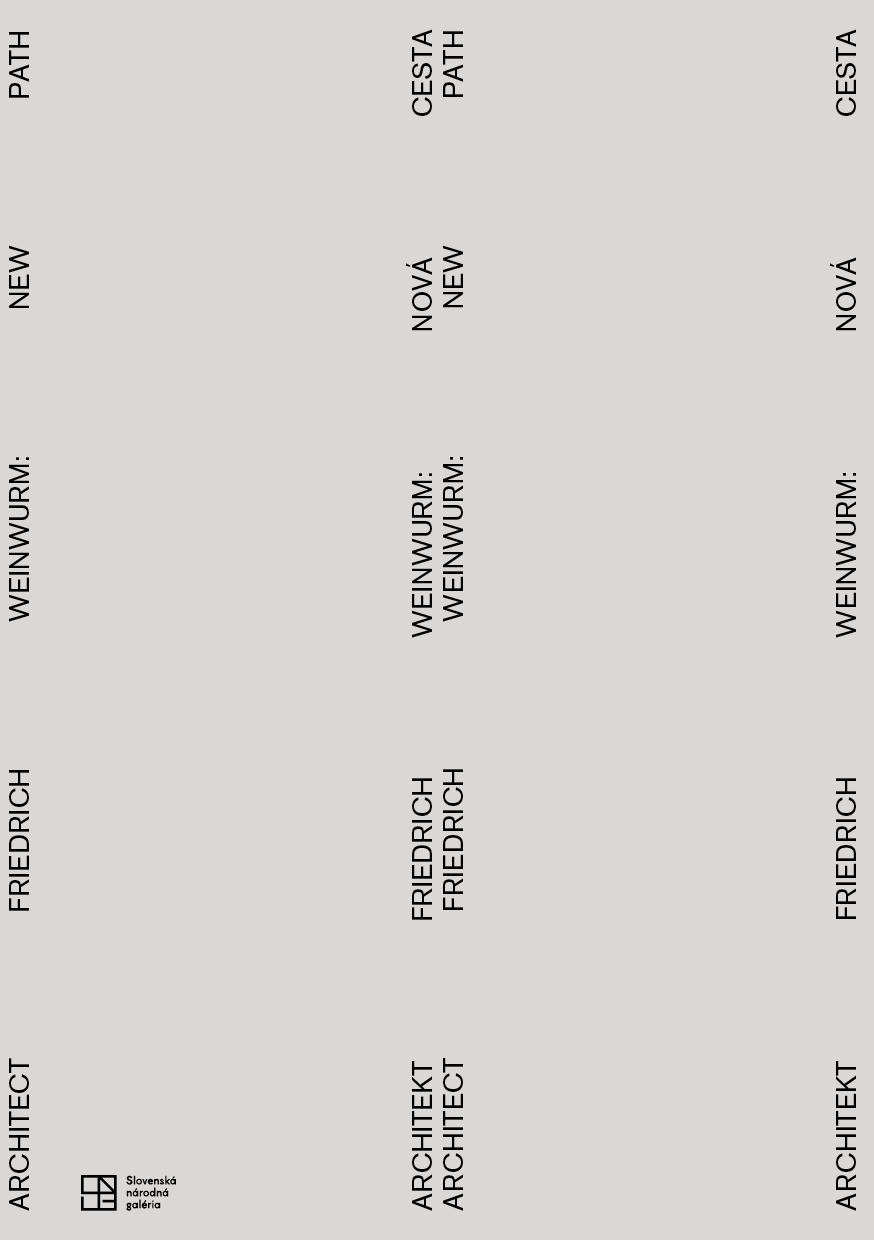
Architekt Friedrich Weinwurm - Nová cesta
H. MoravčíkováKatalóg k výstave Architekt Friedrich Weinwurm: Nová cesta sa snaží sprostredkovať divákovi ideové a výrazové koncepty Weinwurmovho diela a nepriamo nastoluje otázku, akou cestou, smerovaním a vnímaním prešla po následných tragických historických udalostiach a spoločenských zmenách slovenská povojnová architektúra. Katalóg je doplnený o axonometrie a fotografie ešte existujúcich stavieb.
Slovenská národná galéria, 2017
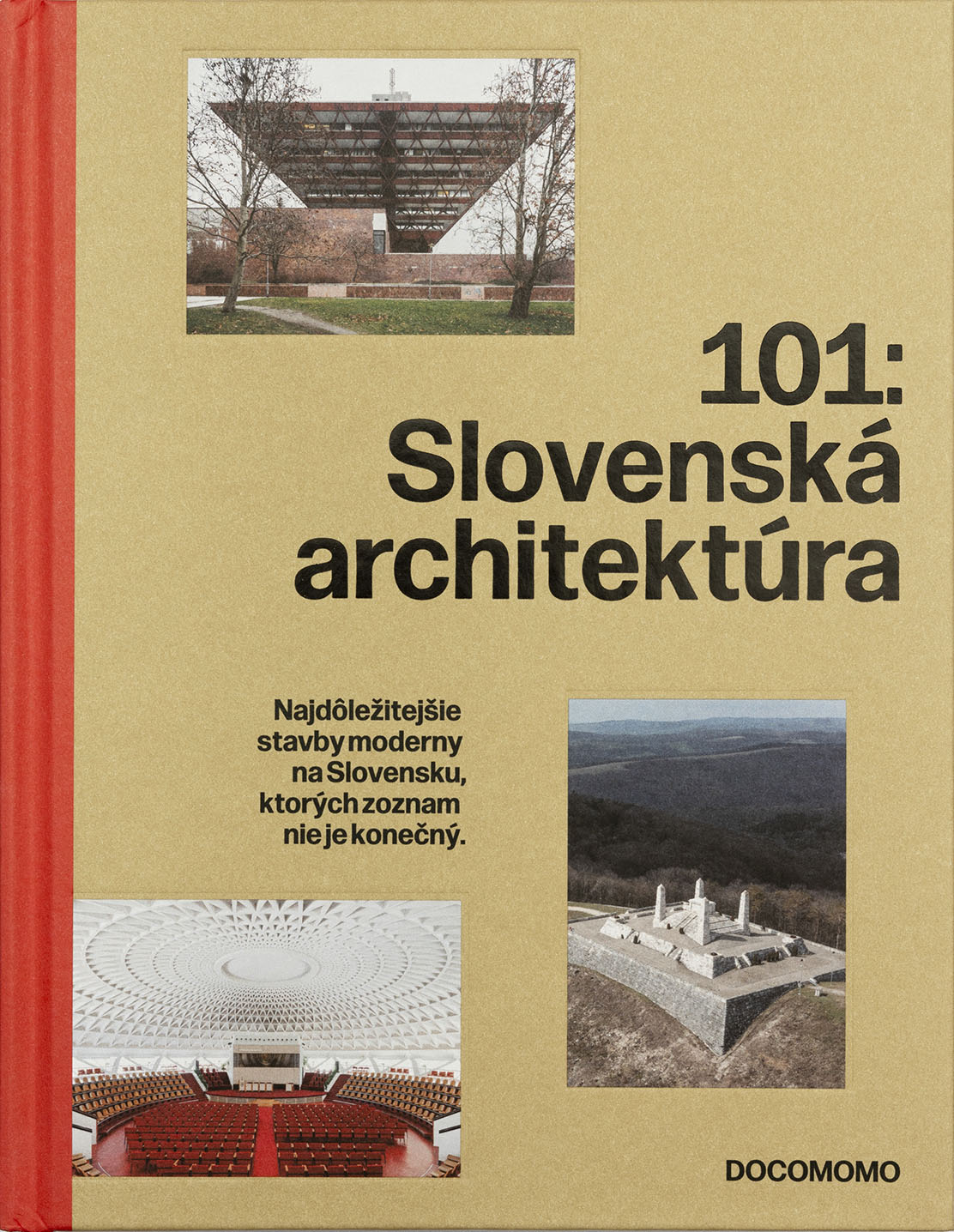
101: Slovak architecture
H. Moravčíková, M. Bočková, K. Haberlandová, L. Krišteková, G. Smetanová, P. SzalayThis extensive publication presents 101 buildings that are among the most significant works of modern architecture and urbanism in Slovakia. These buildings, from Bratislava to Trebišov, are registered in DOCOMOMO International, an international organization for the documentation and protection of buildings and urban complexes of the modern movement. The list of buildings is not final; it is being created in stages and is constantly expanding. The book is thus not a presentation of new research, but the result of a long-term mapping of the condition of these works. It shows how we treat the heritage of modernism, which represents the most important period for our country in terms of its contemporary identity. The texts by the team of the Department of Architecture of the Institute of History SAS are accompanied by photographs by Matej Hakár.
Čierne diery, 2024
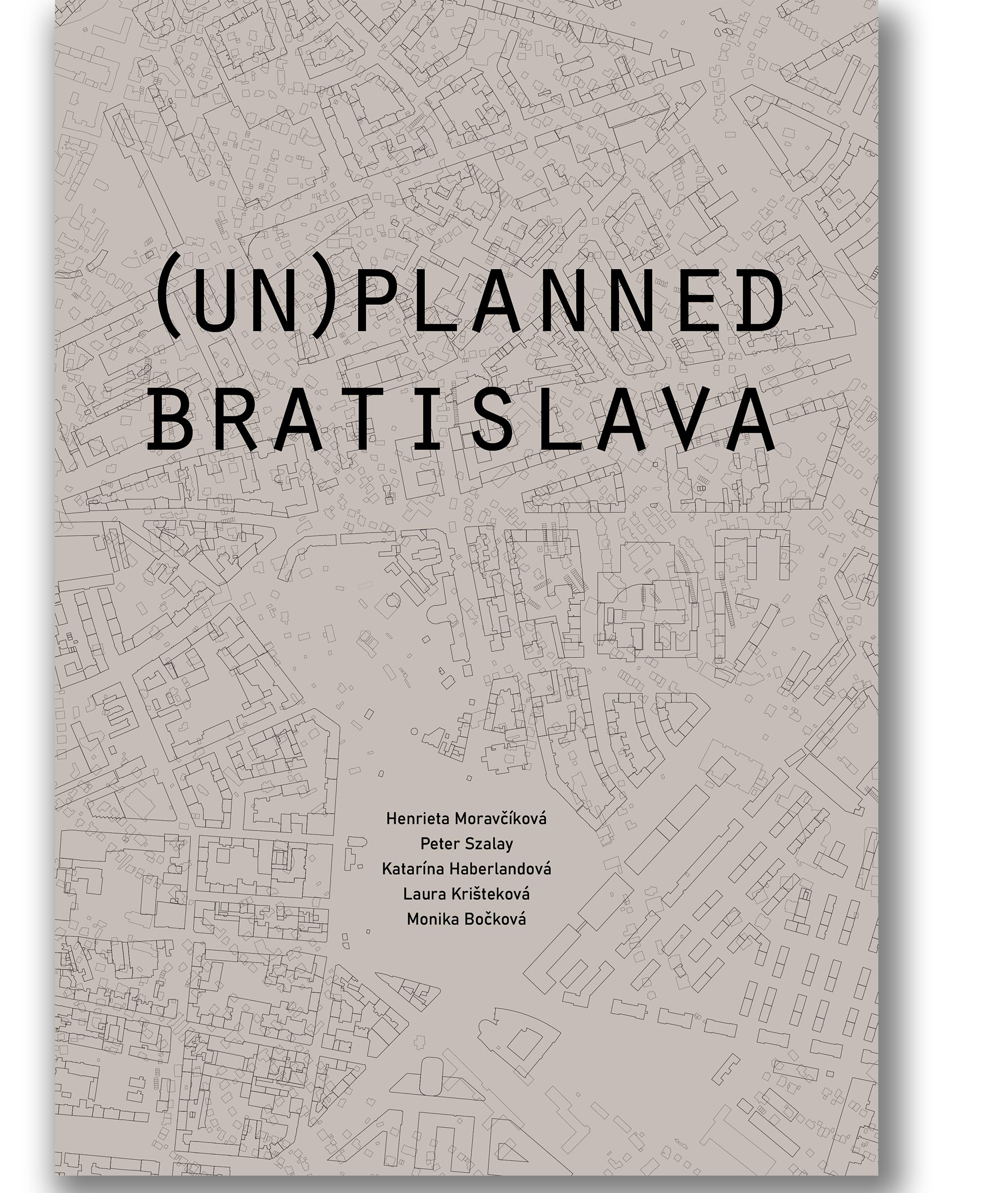
(Un)planned Bratislava
H. Moravčíková, P. Szalay, K. Haberlandová, L. Krišteková, M. BočkováThe (Un)planned Bratislava publication is a comprehensive presentation of the results of research supported financially by the APVV agency within the project APVV-16-0584. It summarizes the planning and construction of Bratislava in an interval of one century, it focuses on urban plans and architectural interventions, while trying to capture the phenomena and processes that are characteristic of Bratislava and still determine its urban structure and spatial relations. We are convinced that the city is a result of the implementation of large plans, as well as the realization of spontaneous expressions of building plans. Within the typology of urban situations, it analyzes selected key points of the city. It describes their spatial transformation in the time and circumstances that caused these changes. The developmental trajectories of these situations illustrate not only the transformation of the city, but also the development of opinions on its planning and construction. The range of selected areas / problems puts together a picture of the whole, which is more complex and structured than it appears in an abstract view of the position of spatial planning tools.
